Can you pour bleach down the kitchen sink? Many people are unsure of what can and cannot be poured down the kitchen sink. In this article, we will provide a full guide to bleach and the kitchen sink. We will answer common questions and offer useful tips to make sure that your kitchen stays clean and safe!
Can You Pour Bleach Down the Sink?
The short answer is no, you should not pour bleach down the kitchen sink. Even though bleach is a powerful cleaning agent, it can wreak havoc on your plumbing system if used incorrectly. It’s also hazardous to your health and that of your family if fumes build up in enclosed spaces.
Bleach contains chlorine which is an effective disinfectant and can kill bacteria, fungi, and viruses. However, because of its strong chemical properties when poured directly into the drain, it can cause corrosion to pipes over time as well as produce toxic fumes if mixed with other substances such as ammonia or vinegar. This corrosive property makes it dangerous to use with metal pipes since they can be irreparably damaged by the chemicals in the bleach solution.
Pouring Bleach Alternatives
If you are looking for an effective alternative to pouring bleach down the sink, there are a few options. One of the best alternatives is to use natural cleaners such as baking soda and vinegar. These substances can be mixed together in a solution that will effectively clean your drain without any of the corrosive effects of bleach.
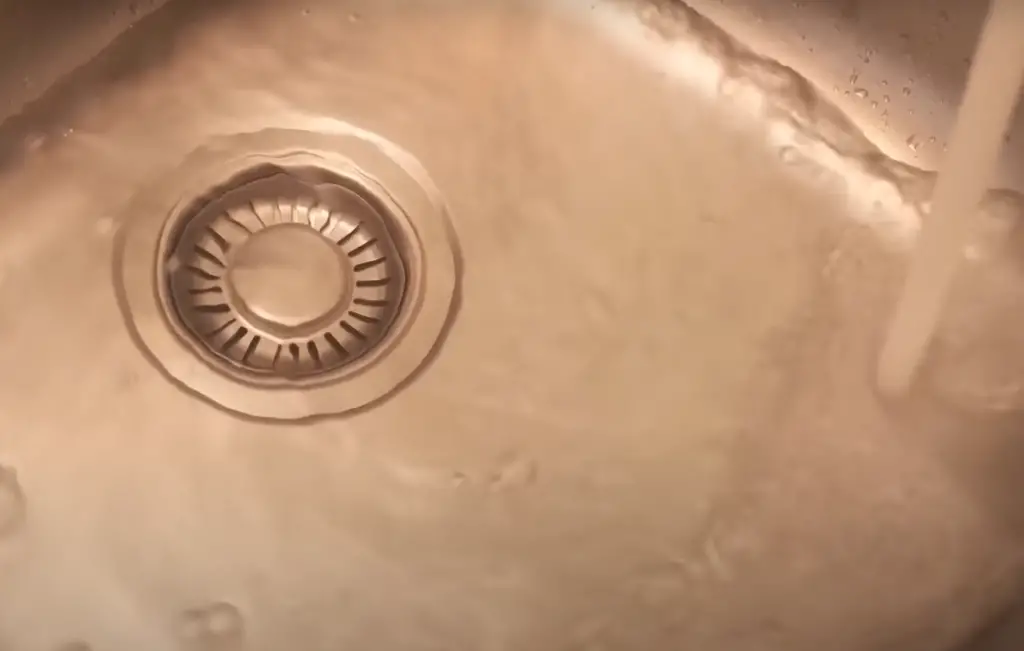
Another alternative is to use a commercial drain cleaner that is specifically designed for kitchen sinks. These products are formulated with ingredients that are safe to use on metal pipes and won’t cause any damage to them over time. They also don’t produce toxic fumes when used correctly so they can be safely used in enclosed spaces like bathrooms or basements without worrying about health risks.
Septic Systems
If you have a septic system, then it’s even more important to be careful about what you pour down the sink. Bleach and other strong chemical cleaners can damage the natural bacteria in your septic tank that help break down waste. This could lead to clogs and backups in your plumbing system or even costly repairs from an overflowing tank.
It’s best to avoid putting bleach down drains connected to a septic system altogether. Instead, use milder alternatives such as baking soda and vinegar or a commercial drain cleaner designed for septic systems if necessary.
Bleach is Bad for Septic Systems
If your home is connected to a septic system, bleach should not be poured down the sink. Septic systems are designed to break down sewage and wastewater, but bleach can disrupt this process. It can cause the bacteria necessary for breaking down waste to die off, leading to potential clogs and backups in your pipes. Additionally, it can also kill off beneficial organisms living in the soil near the drain field. If you do have a septic system, stick with biodegradable soaps that won’t harm your system or the environment.
Mixing With Other Chemicals
It’s never a good idea to mix bleach with other chemicals, including ammonia and vinegar. These two substances together create toxic chlorine gas which is incredibly dangerous to breathe in. Additionally, different cleaning products may contain acids or alkaline substances that could react negatively when mixed with bleach, so it’s best not to take the risk.
The takeaway here is simple: it’s generally not recommended to pour bleach down the kitchen sink. Additionally, you should never mix it with any other chemicals as this could create toxic fumes or react badly with your plumbing system. Finally, if you do need to use a solution of bleach for cleaning purposes, make sure you read the label on the bottle before proceeding! Doing so can help ensure your safety and save you from potentially costly repairs later on.
Personal Dangers
It’s important to consider the personal dangers that come with pouring bleach down the kitchen sink. Inhaling chlorine fumes or coming into contact with undiluted bleach can cause skin and lung irritation, among other issues. When you’re dealing with a concentrated form of this liquid, it’s best to use protective equipment and always make sure there is proper ventilation in your home. It’s also important to keep children and pets away from areas where bleach is used as they can be more vulnerable than adults when exposed.
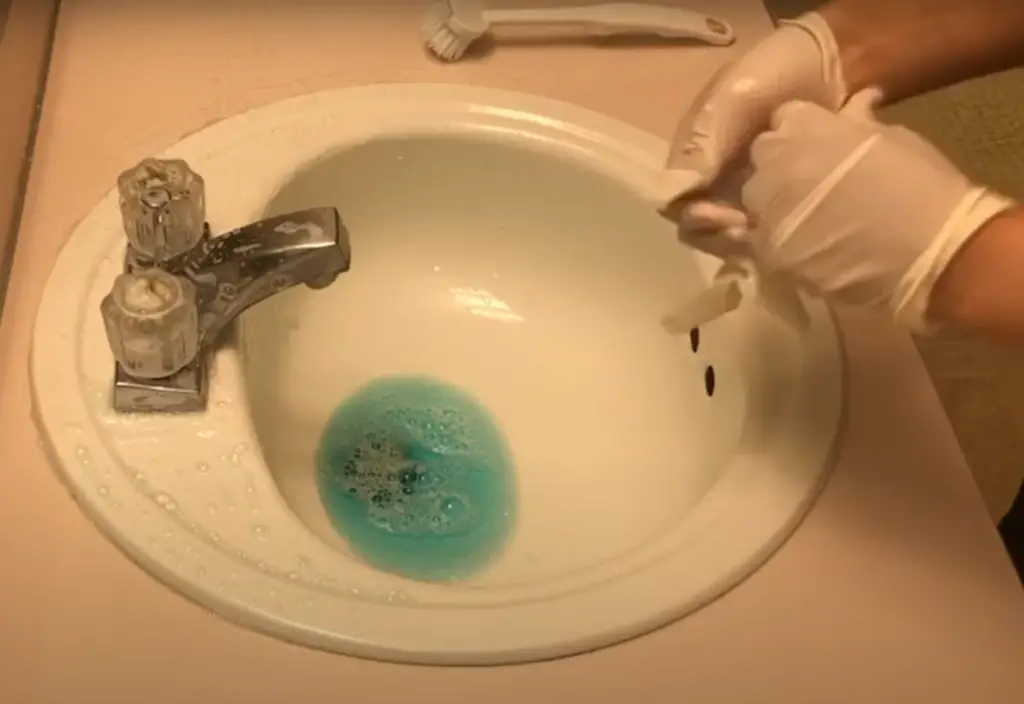
Additionally, never mix bleach with other cleaning products like ammonia. This combination creates a toxic gas that can cause serious health problems if inhaled over an extended period of time. If you must use multiple products for a tougher stain, use them one at a time and rinse the sink between each product.
Putting Bleach Down the Drain Can Be Dangerous
It’s not recommended to pour bleach down the kitchen sink, as this can be dangerous for both your pipes and the environment. Bleach contains chlorine, which is a toxic chemical that can corrode your pipes if it comes into contact with them. If bleach gets into the groundwater or sewer system, it can damage natural habitats and human health.
The best way to dispose of bleach is to dilute it before pouring it down a drain. To do this, mix one part bleach with 10 parts water in a bucket and then pour it out slowly over a period of time so that much of it is diverted away from any drains or sewers.
Finally, make sure that you always use protective gloves when cleaning with bleach and keep the room well-ventilated by opening a window or turning on an exhaust fan. This will help reduce any harmful fumes that may be released from the product.
How to Disinfect the Drain and Bust Clogs
In most cases, pouring bleach down is not the best way to disinfect the drain, as it can cause damage to the pipes and potentially create a hazardous environment. For example, if you pour bleach down your sink when there is standing water in it, this can cause a reaction that could create toxic gasses such as chlorine gas.
If you want an even deeper clean, combine baking soda with vinegar instead.
How to Clean a Sink Drain
Using bleach to clean a sink drain is an effective and efficient way of getting rid of smelly, slimy build-up in your pipes. Here’s how to do it:
- First, gather up the supplies you need. You’ll need a bucket or container, rubber gloves, baking soda, vinegar (or hydrogen peroxide), and some bleach;
- Put on your rubber gloves and pour about 1/4 cup of b. soda into the drain. Add 1/4 cup of white vinegar or hydrogen peroxide to the baking soda and cover the drain with a stopper or rag for 15 minutes;
- Once you’ve let it sit for 15 minutes, carefully remove the stopper and dump a full cup of bleach down the drain. After 10 minutes have passed, flush the area with hot water;
- Finally, use a drain snake or wire brush to clear out any remaining debris from the sink pipe walls;
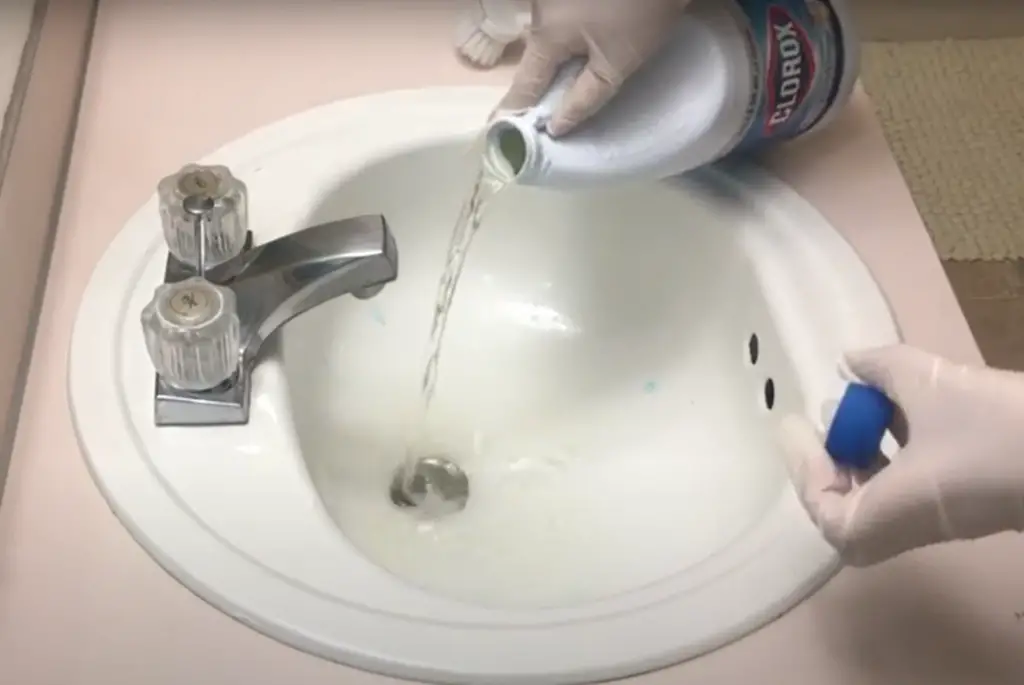
Cleaning your sink drain regularly with bleach is an effective way to keep it looking new, reduce odors, and prevent major clogs in your plumbing system! Keep these simple steps in mind whenever you need to give your sink drain a deep cleanse – without putting too much strain on your wallet or time!
Safety Precautions When Using Bleach
When it comes to bleach, safety always needs to be a top priority. Here are some things you should know before pouring bleach down your kitchen sink:
- Ensure the area is well-ventilated. Open windows or turn on exhaust fans in order to help prevent any vapors from accumulating;
- Wear protective clothing such as gloves and goggles if possible. Bleach can irritate skin and eyes, so taking precautions will help protect against any potential harm;
- Use only a small amount of bleach per sink— one cup maximum per sink at a time; more could damage plumbing systems or cause an overflow of water through pipe connections which could cause flooding or other damage in adjoining rooms;
- Never mix bleach with ammonia, as this can create dangerous toxins;
- Finally, always be sure to flush the sink with plenty of water after you’ve poured the bleach down it. This will help further dilute and disperse any remaining traces of the chemical [2];
These are important safety precautions to keep in mind when using bleach in your kitchen sink or for any other cleaning purposes. Remember to use caution and follow all instructions on the product label for the best results!
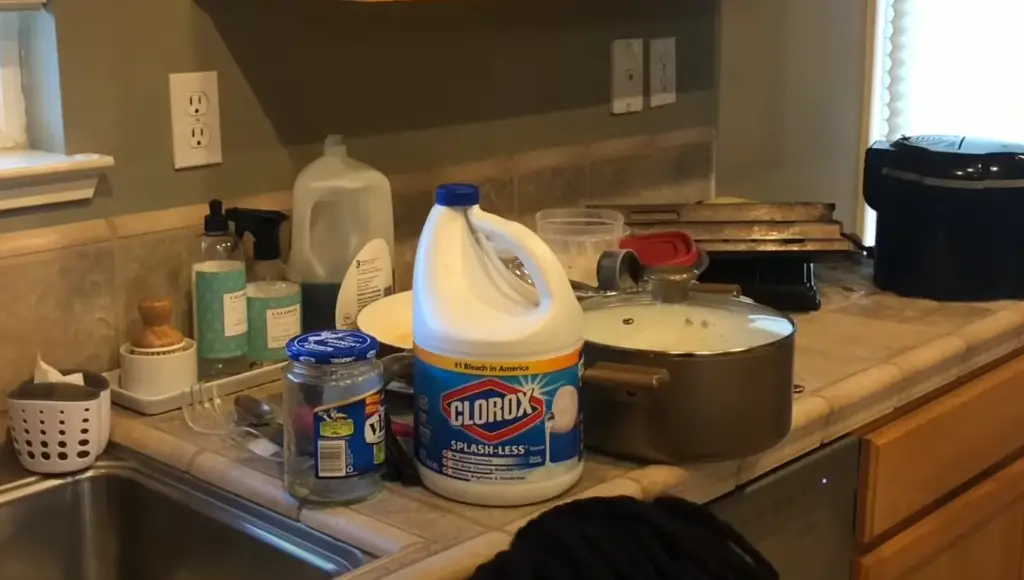
If you’re still unsure, contact a professional plumber or licensed contractor who can help answer any additional questions you might have. They’ll be able to provide further advice and guidance on what to do to ensure your kitchen sink remains safe and functional.
With these important tips in mind, you can feel confident that pouring bleach down the sink is safe as long as it’s done correctly. Hopefully, this guide has given you a better understanding of when and how to use bleach for cleaning purposes so you can keep your home looking its best!
FAQ
What happens if you pour bleach down the sink?
Pouring bleach down the kitchen sink is not recommended, as it can damage your pipes and create a hazardous chemical reaction. Bleach reacts with other chemicals in your plumbing system to create dangerous fumes that could be harmful to you and your family if inhaled. Additionally, excessive amounts of bleach can corrode metallic pipes over time. [3]
If you accidentally pour bleach down the sink, flush the drain immediately with large amounts of water for several minutes until all traces of the chemical have been eliminated. It is also important to remember that pouring any type of chlorine-based product (like bleach) into a septic tank will kill beneficial bacteria that are necessary for it to function properly.
Is it safe to use bleach in the kitchen sink?
Yes, it is safe to use bleach in the kitchen sink. However, it is important to follow certain safety precautions when doing so. When using bleach, always wear gloves and protective eyewear. Additionally, be sure to avoid creating a mixture of bleach and other cleaning solutions as this can create hazardous fumes that can irritate the lungs and eyes. Furthermore, it is best to limit exposure time with bleached water by flushing it out of the sink with plain water after use. Lastly, never mix bleach with ammonia or any acids; this combination will create chlorine gas which can be dangerous if inhaled. If possible, try looking for eco-friendly alternatives such as vinegar or baking soda for cleaning purposes. [4]
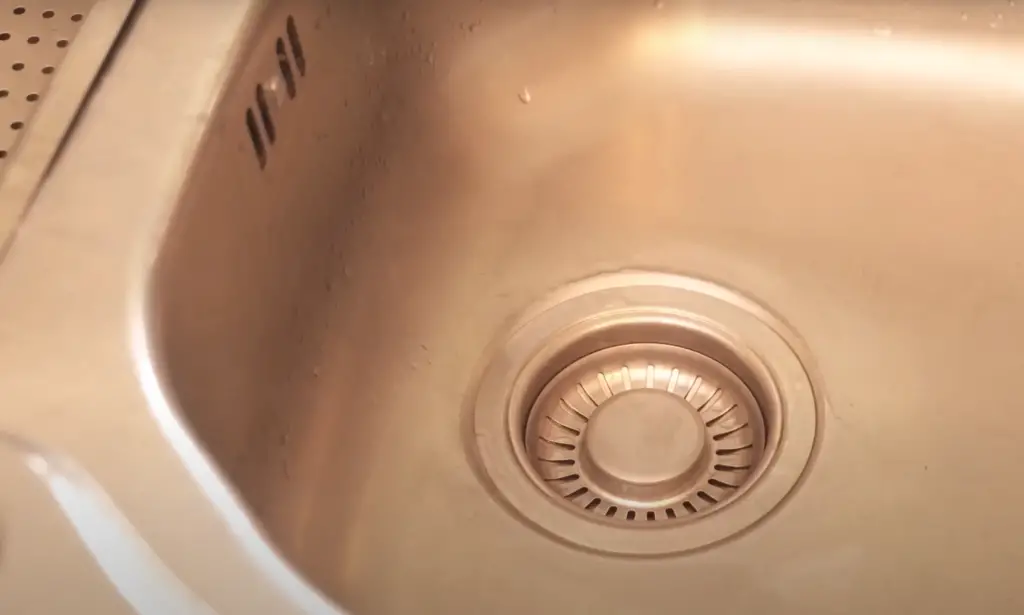
In general, using bleach to clean the kitchen sink can be an effective way to remove tough stains and also disinfect surfaces. However, it is important to take the necessary precautions when doing so in order to ensure your safety and that of those around you. Always remember to wear protective gear and avoid mixing bleach with other cleaning solutions or acids. Additionally, rinse out any remaining bleach solution with plain water immediately after use.
Should I pour bleach down my sink at night?
No, you should never pour bleach down your sink at night. Bleach can be corrosive and damage the pipes in your home if used too often or in large quantities. If you feel that your sink needs to be disinfected, try using a diluted bleach solution instead. Make sure to mix the bleach with equal parts water, and then spray it directly onto the surface of your sink where germs are most likely to live. You also need to remember to wear gloves when handling any type of cleaning agent as it can cause skin irritation. Finally, rinse off all traces of the bleach after use so that there is no residue left behind. Doing this will help ensure that your kitchen remains germ-free without damaging any of its components or putting yourself at risk. [5]
Useful Video: Will bleach unclog a drain?
Conclusion
Before pouring bleach down, it is important to know what type of material the sink is made of and whether or not it can be safely exposed to bleach. If your sink is made of stainless steel and you have a clog, using a drain cleaner might be the best option.
If you are trying to disinfect your kitchen sink, then a diluted solution of equal parts water and bleach should do the trick. However, make sure to rinse out your sink with plenty of clean water afterward and avoid exposing your skin or breathing in fumes from the bleach.
It’s also advisable to wear goggles, gloves, and an appropriate respirator when handling bleach at any time. Doing so will help ensure that you stay safe while disinfecting your kitchen sink.
To sum up, the answer to ‘Can You Pour Bleach Down the Kitchen Sink?’ is yes, but do so with caution and proper safety precautions in mind. Doing so will help keep you safe and ensure that your sink remains in good condition for many years of use to come.
References:
- https://www.hunker.com/13420116/can-you-pour-bleach-down-the-sink
- https://www.rubbermaidcommercial.com.au/blog/healthcare/bleach-and-bleach-safe-products/
- https://plumbingnav.com/drain-cleaning/i-poured-bleach-down-my-drain/
- https://www.hwahomewarranty.com/learning-center/homeowners/home-maintenance/clean-and-disinfect-kitchen-sink
- https://homeguides.sfgate.com/keep-kitchen-sink-drainpipes-clean-41811.html





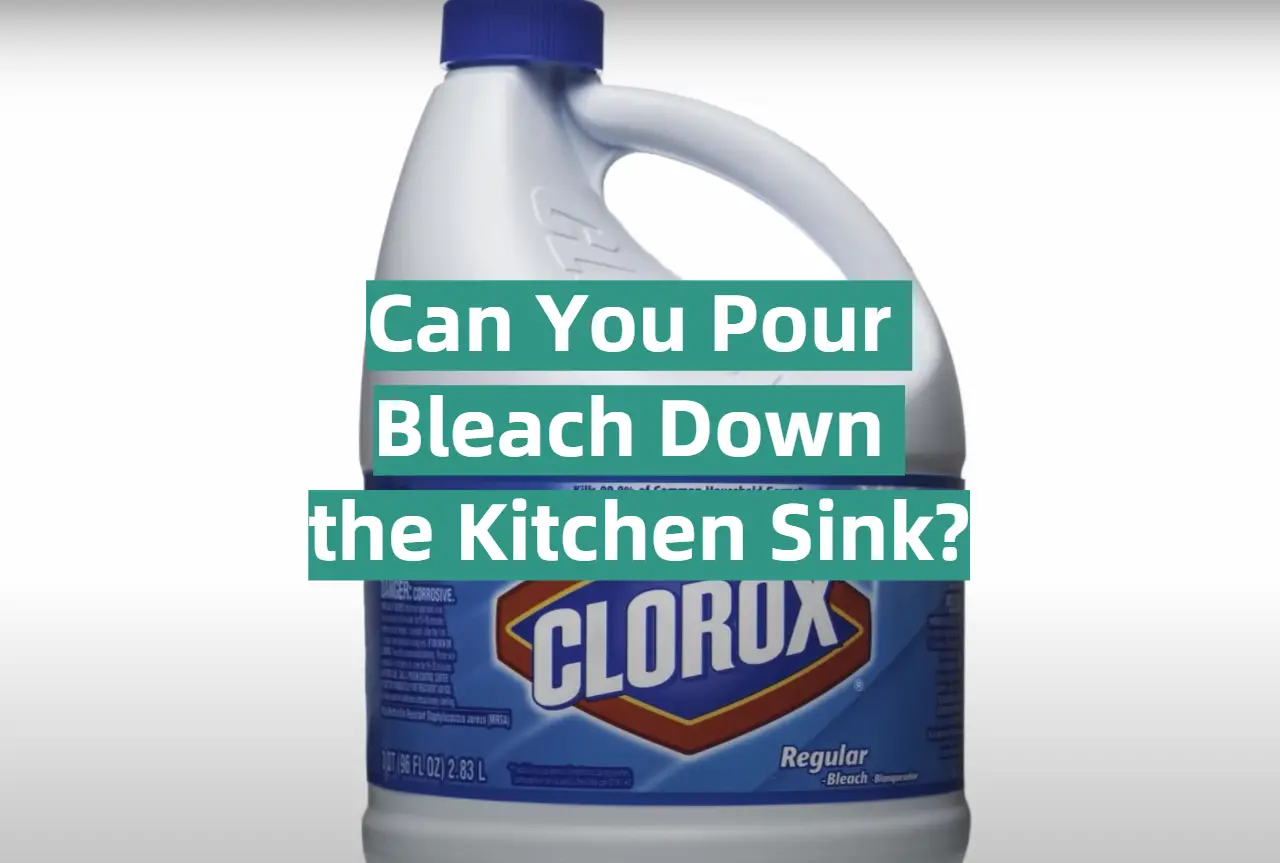






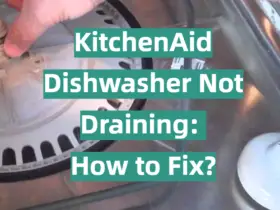
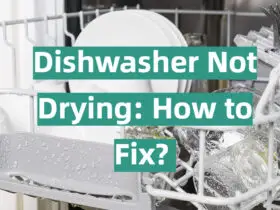
Leave a Reply